When people hear the phrase nuclear war, their minds often jump to apocalyptic destruction, mushroom clouds, and world-ending devastation. But behind this broad perception are numerous truths that are lesser-known yet profoundly alarming. The reality of nuclear conflict is not only about explosions—it’s also about long-term human, environmental, and economic consequences that go far beyond our current understanding.
In this article, we’re revealing six surprising facts about nuclear wars that might shock you—and help explain why nuclear disarmament and awareness remain critical in today’s geopolitical climate. Each fact includes high-value SEO keywords related to nuclear threats, global security, and survival preparedness.
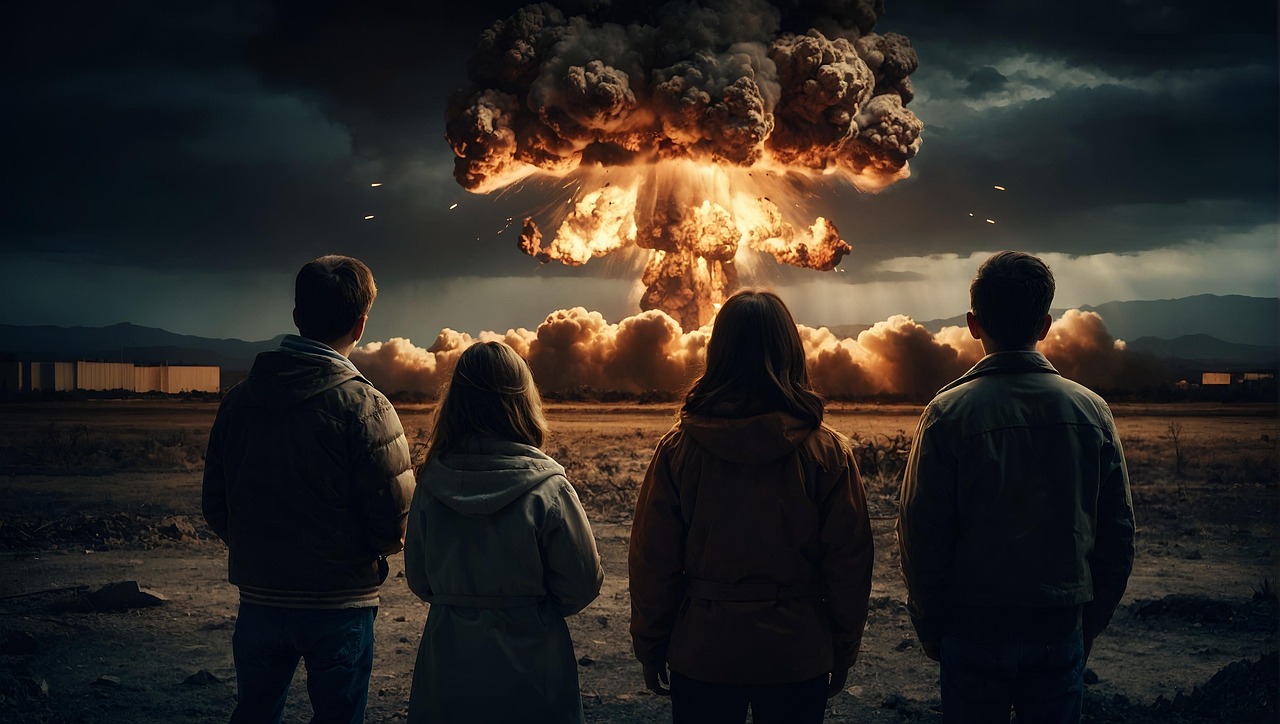
Many assume that only a large-scale war between superpowers like the United States and Russia would have devastating global effects. However, studies show that even a limited nuclear war—for example, between India and Pakistan—could kill millions and alter the global climate for years.
According to research published in the journal Science Advances, if each country launched just 50 nuclear weapons, the immediate death toll could surpass 50 million. More alarmingly, the nuclear explosions would ignite massive firestorms, sending soot and smoke into the stratosphere. This would block sunlight and cause global temperatures to drop—an effect known as nuclear winter.
Key takeaway: Nuclear fallout, even from a small-scale war, can lead to widespread food shortages, economic instability, and millions of climate-related deaths worldwide.
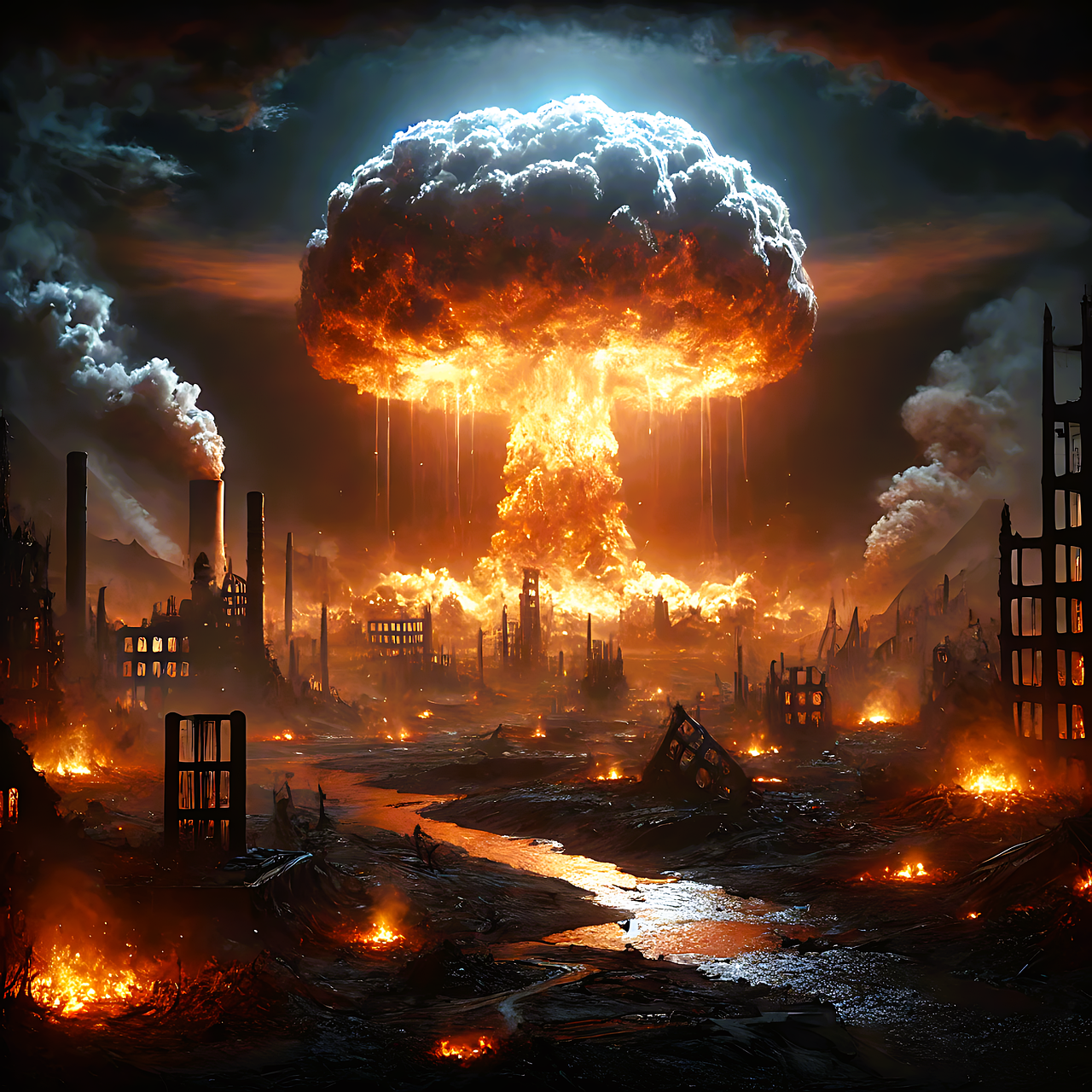
Contrary to popular belief, the threat of nuclear apocalypse hasn’t just existed in theory—it has almost become a reality on several occasions. During the Cold War, and even afterward, miscommunication, technological errors, and human mistakes nearly pushed the world over the edge.
One of the most famous examples occurred in 1983, when Soviet radar systems falsely detected an incoming U.S. missile attack. Lieutenant Colonel Stanislav Petrov decided not to escalate the alert, believing it was a false alarm. He was right—but if he had followed protocol, the Soviet Union could have launched a full-scale retaliatory strike, leading to World War III.
There have been at least a dozen other near-miss incidents involving false signals, data malfunctions, or political misjudgments. These events highlight how fragile peace truly is and how human judgment has repeatedly saved the planet.
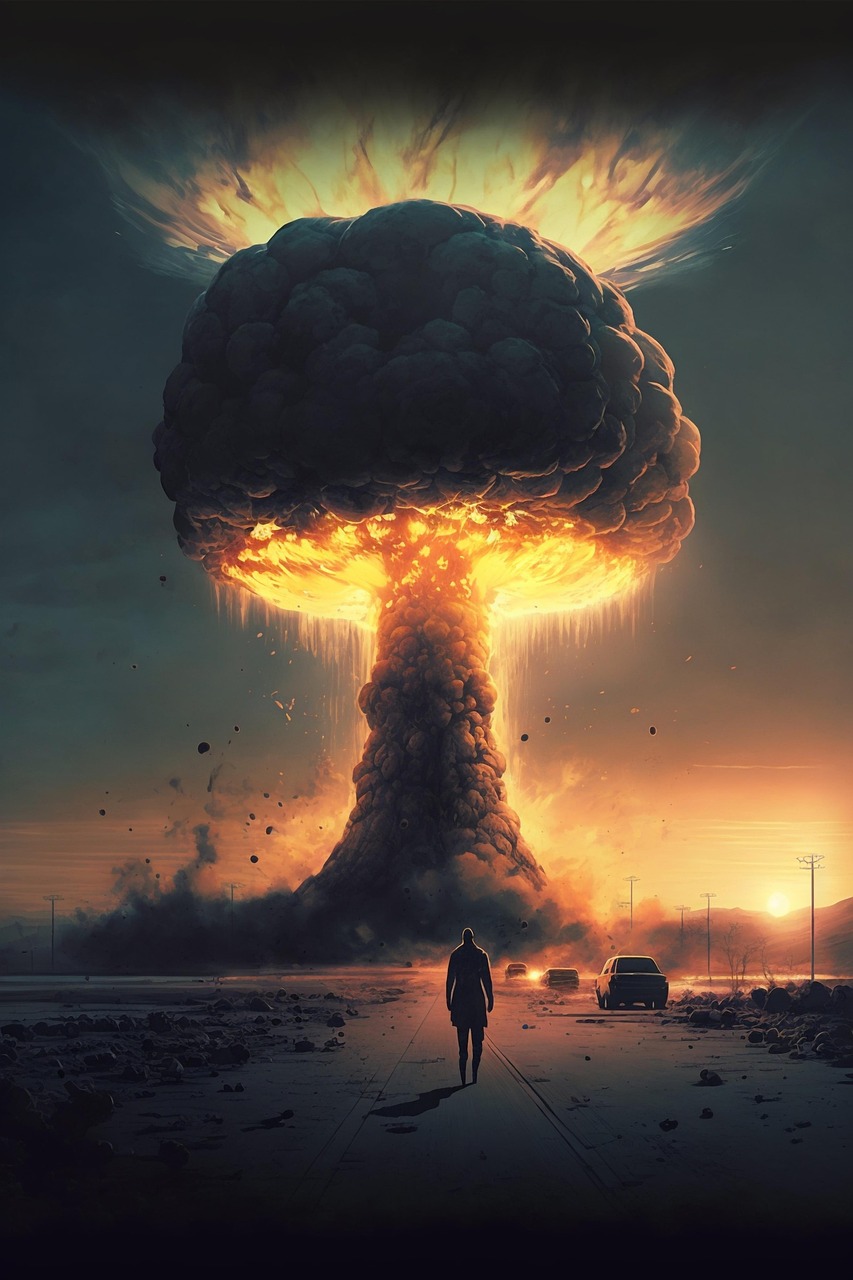
It may come as a shock, but more than 2,000 nuclear tests have been carried out worldwide since 1945. These tests were done not only to prove military power but also to refine and expand the nuclear weapons stockpile of various nations.
The United States, Russia (formerly the Soviet Union), France, the UK, China, India, Pakistan, and North Korea have all conducted tests—some underground and others in the open atmosphere. These detonations have released radioactive materials into the air, water, and soil, resulting in long-term environmental and health consequences.
Communities near test sites have reported increased cancer rates, birth defects, and contaminated ecosystems. Even decades later, radioactive isotopes like cesium-137 and strontium-90 are still present in many areas.
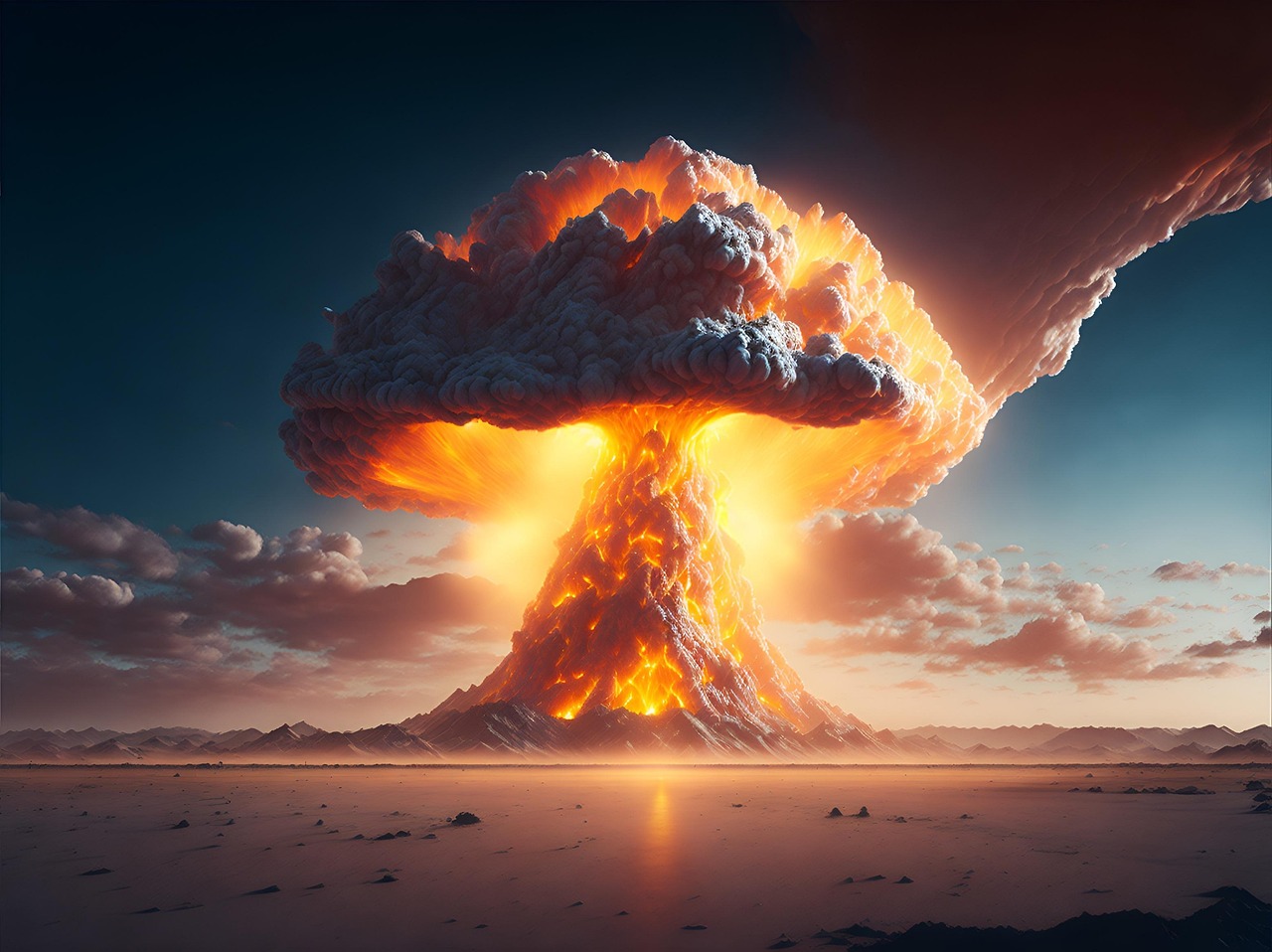
The atomic bomb dropped on Hiroshima in 1945 killed over 140,000 people and destroyed an entire city. Today’s thermonuclear weapons, however, make that bomb look like a firecracker.
Modern nuclear warheads are estimated to be 500 to 1,000 times more powerful than the Hiroshima bomb. The U.S. B83 bomb, for instance, has a yield of 1.2 megatons, which is more than 80 times the explosive power of the Hiroshima bomb.
If just one of these modern weapons were detonated over a major city, it would obliterate everything within a 10-mile radius, cause third-degree burns up to 20 miles away, and lead to radioactive fallout that would linger for decades.
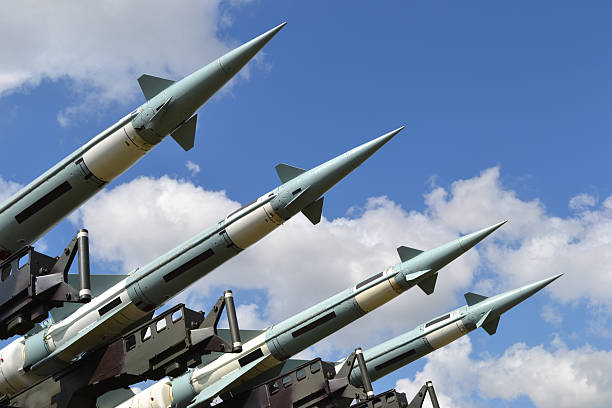
It’s terrifying but true: hundreds of nuclear missiles are kept on high-alert status 24/7. This means they can be launched within 5 to 15 minutes of receiving an order. The goal is deterrence—ensuring a rapid response to any incoming threat. But this also creates a hair-trigger situation where mistakes or misinterpretations can lead to global catastrophe.
Both the U.S. and Russia have nuclear submarines, bombers, and intercontinental ballistic missiles (ICBMs) ready to strike. Critics argue that keeping nuclear weapons on alert increases the risk of a hasty decision in a crisis, especially when there's pressure to act quickly based on early-warning systems that could malfunction.

While most discussions focus on human and environmental costs, the economic impact of a nuclear war could be equally devastating. A single nuclear attack on a major financial hub—like New York, Tokyo, or London—would disrupt global stock markets, banking systems, and supply chains.
Here’s what experts predict would happen in the days after a nuclear attack:
-
Global markets would crash due to uncertainty and fear.
-
Trade routes would be blocked, affecting fuel, food, and medicine supplies.
-
Mass inflation and shortages could lead to riots, famine, and social collapse.
-
Entire industries—especially tech, travel, and finance—would go bankrupt within days or weeks.
Even countries not directly attacked would feel the blow due to interconnected economies and shared infrastructure systems like satellites and the internet.






Be First to Comment